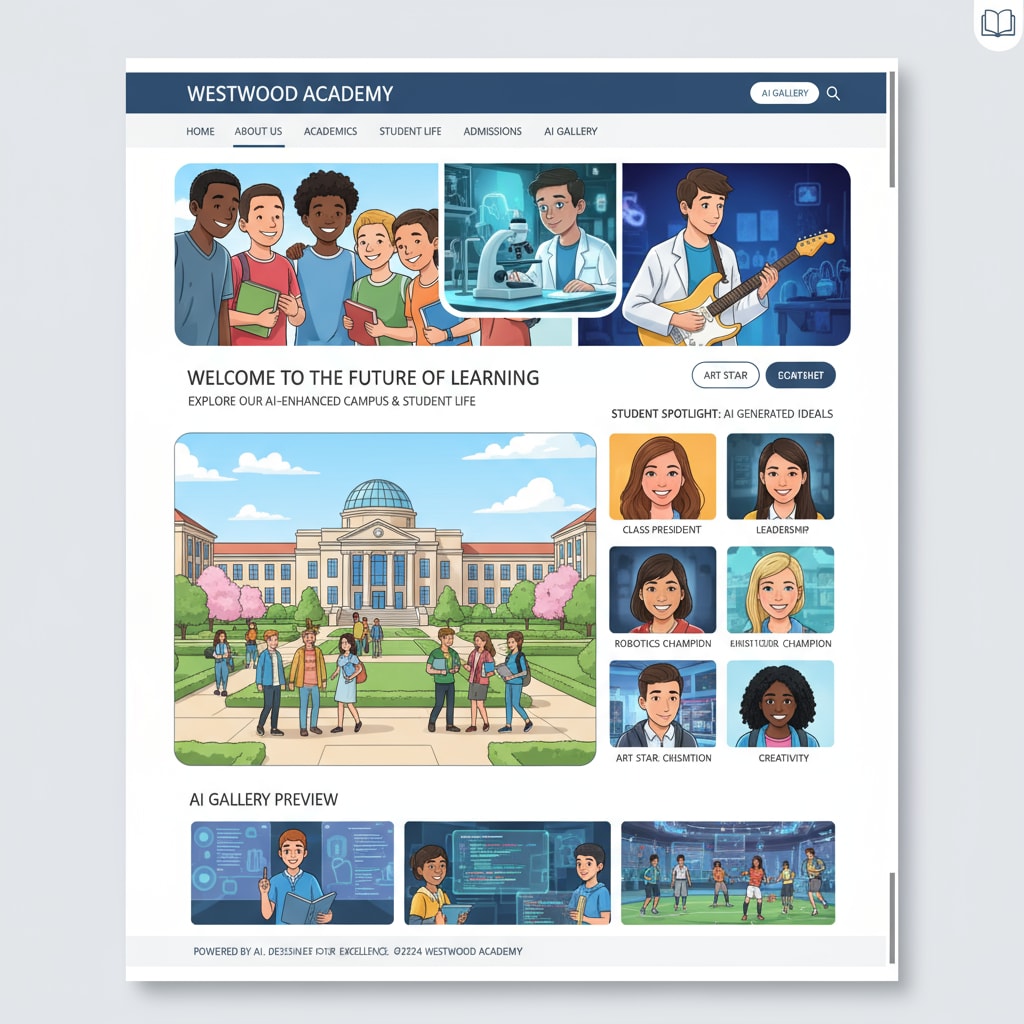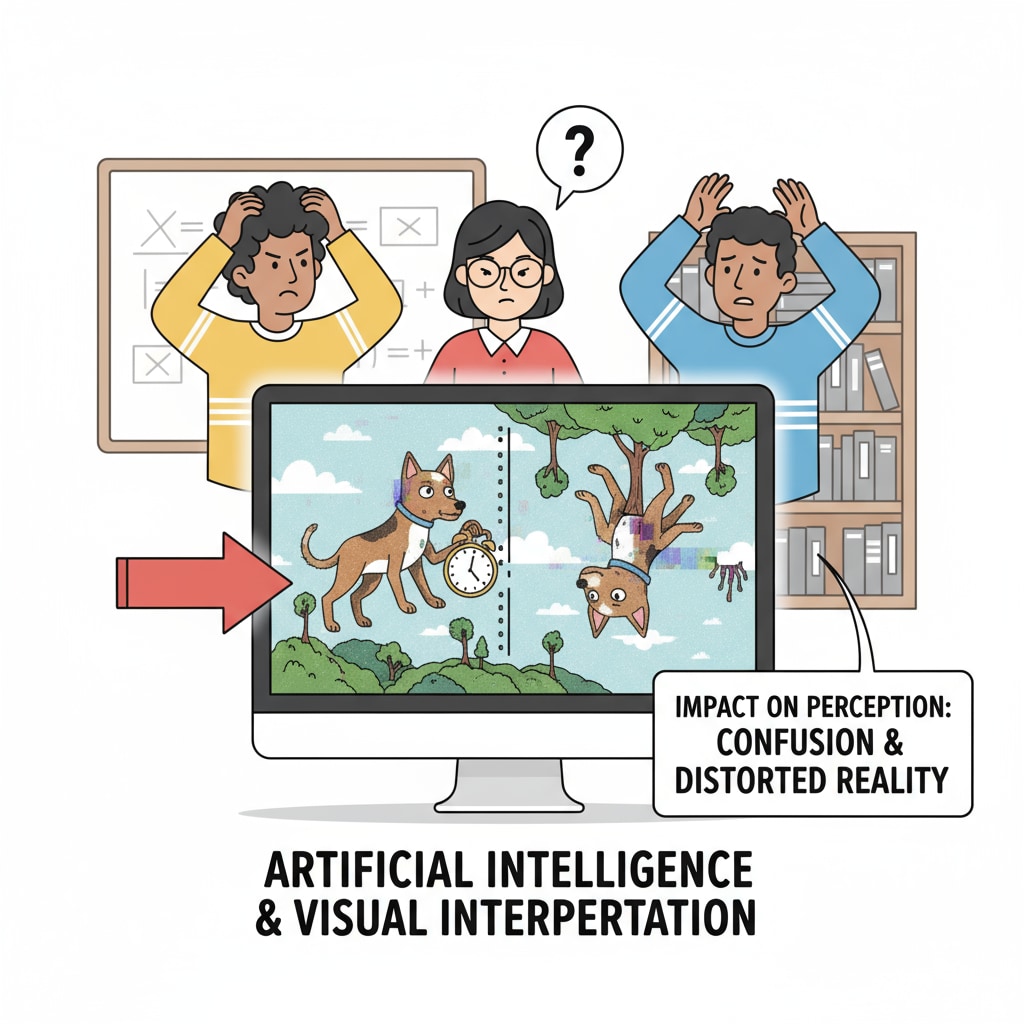The integration of AI-generated images into high school websites has sparked a wave of discussions regarding educational ethics. In today’s digital age, as technology continues to advance at an unprecedented pace, it is essential to examine the implications of this trend.

For instance, with the rise of AI, high school websites are increasingly using these generated images, which brings various ethical concerns to the forefront.
The Ethical Dilemmas of AI-Generated Images in High School Websites
One of the main ethical issues is the question of authenticity. AI-generated images can create a false representation of reality. High school websites often serve as a platform to showcase the school’s activities, achievements, and environment. When AI-generated images are used without proper disclosure, it misleads students, parents, and the wider community. For example, an AI-generated image of a school event might present an idealized version that never actually occurred. This not only distorts the truth but also undermines the trust that stakeholders place in the school. Additionally, there are concerns about the potential negative impact on students’ perception of reality. As students are exposed to these artificial images, they may struggle to distinguish between what is real and what is generated, affecting their media literacy development.

Responsibility Boundaries in the Use of AI-Generated Images
Determining who is responsible for the use of AI-generated images on high school websites is a complex matter. The school administration, web developers, or the educators involved? The school administration has the overarching responsibility to ensure that ethical standards are met. They need to establish clear guidelines regarding the use of such images. Web developers, on the other hand, should be transparent about the origin of the images they use. Educators also play a role in educating students about the nature of AI-generated content. According to Ethics in Education on Wikipedia, all parties involved should collaborate to address these issues. For example, they can work together to develop educational programs that teach students how to critically analyze AI-generated images and understand their implications.
In conclusion, the use of AI-generated images on high school websites is a trend that demands careful consideration of educational ethics. By understanding the ethical dilemmas, clarifying responsibility boundaries, and promoting transparency, schools can navigate this new digital landscape in a more responsible manner. As technology continues to evolve, it is crucial for the education sector to stay vigilant and adapt to ensure the well-being and proper development of students. Ethics on Britannica provides further insights into the broader concept of ethics, which is relevant in this context.
Readability guidance: The article uses short paragraphs to convey ideas clearly. Each H2 section presents key points in a concise manner. The use of passive语态 is minimized, and transition words like ‘for example’ and ‘additionally’ are used to enhance the flow. Lists could be further incorporated in future expansions to better organize information.


